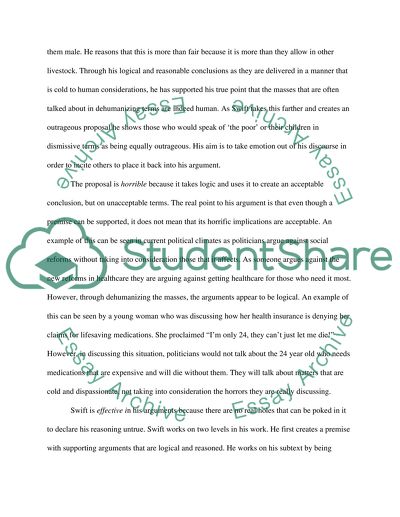Cite this document
(“Swift's Logical And Dispassionate Tone, Neoclassicism, Romanticism, Essay”, n.d.)
Swift's Logical And Dispassionate Tone, Neoclassicism, Romanticism, Essay. Retrieved from https://studentshare.org/literature/1478596-swifts-logical-and-dispassionate-tone-neoclassicism-romanticism-and-the-play-no-exit
Swift's Logical And Dispassionate Tone, Neoclassicism, Romanticism, Essay. Retrieved from https://studentshare.org/literature/1478596-swifts-logical-and-dispassionate-tone-neoclassicism-romanticism-and-the-play-no-exit
(Swift'S Logical And Dispassionate Tone, Neoclassicism, Romanticism, Essay)
Swift'S Logical And Dispassionate Tone, Neoclassicism, Romanticism, Essay. https://studentshare.org/literature/1478596-swifts-logical-and-dispassionate-tone-neoclassicism-romanticism-and-the-play-no-exit.
Swift'S Logical And Dispassionate Tone, Neoclassicism, Romanticism, Essay. https://studentshare.org/literature/1478596-swifts-logical-and-dispassionate-tone-neoclassicism-romanticism-and-the-play-no-exit.
“Swift'S Logical And Dispassionate Tone, Neoclassicism, Romanticism, Essay”, n.d. https://studentshare.org/literature/1478596-swifts-logical-and-dispassionate-tone-neoclassicism-romanticism-and-the-play-no-exit.


